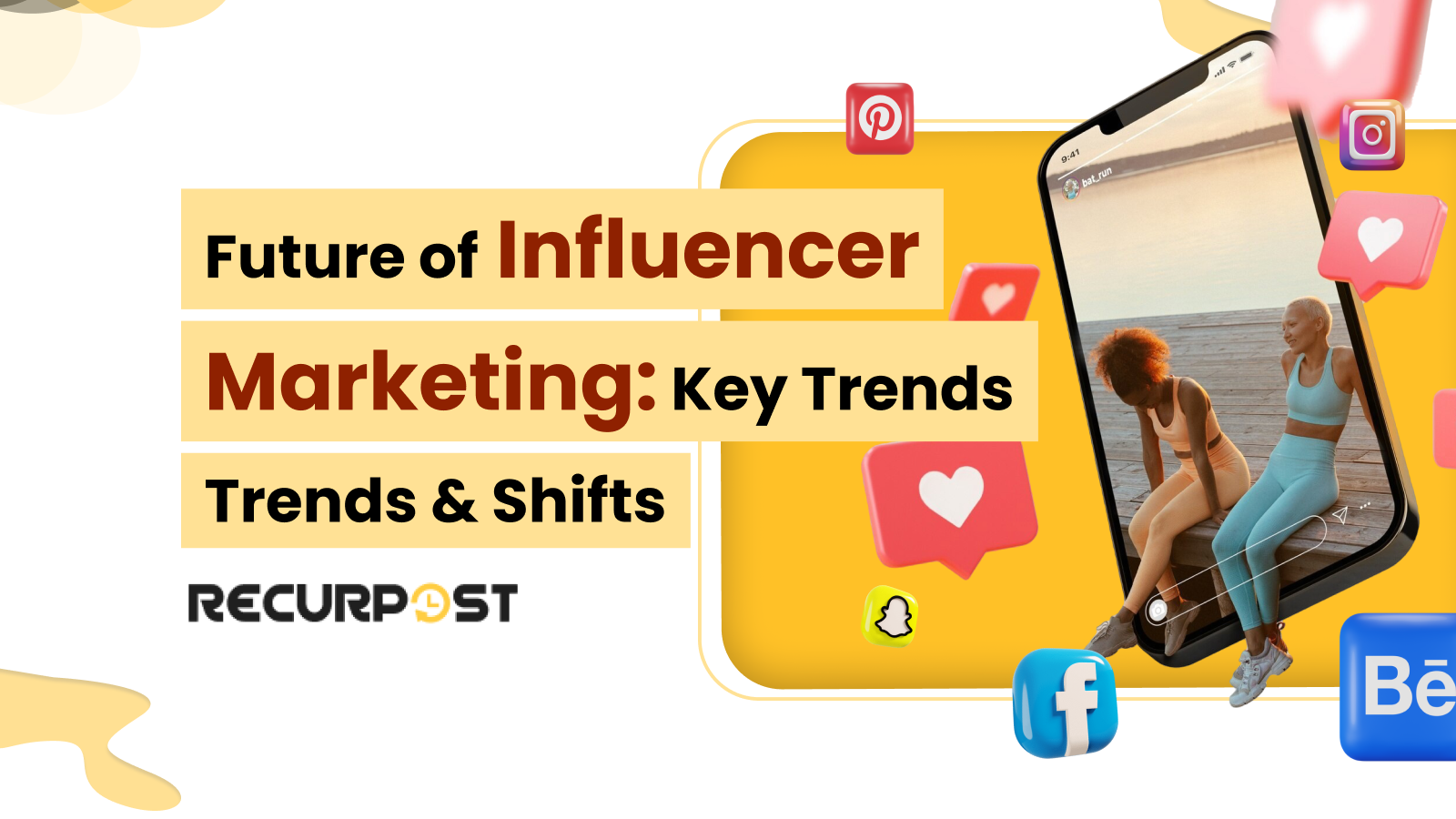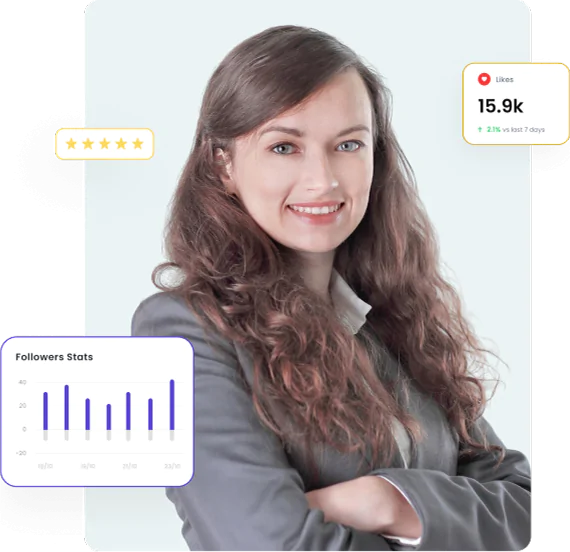What’s Next for Influencer Marketing?
The influencer marketing industry has shifted from simple product shoutouts into a major growth engine. Today, micro-influencers with loyal fans compete alongside celebrity influencers with massive followings.
Influencer marketing continues expanding quickly, shaping how brands connect with consumers. The future of influencer marketing includes new technologies, diverse influencer types, and advanced analytics for tracking engagement and ROI.
This article explores influencer marketing trends and their impact on brands, business owners, and creators. Whether running established campaigns or launching your first one, the future of influencers matters to you.
Let’s look at the future of influencer marketing and how it will shape tomorrow’s marketing strategies.
Influencer Marketing Market Growth: What the Numbers Say
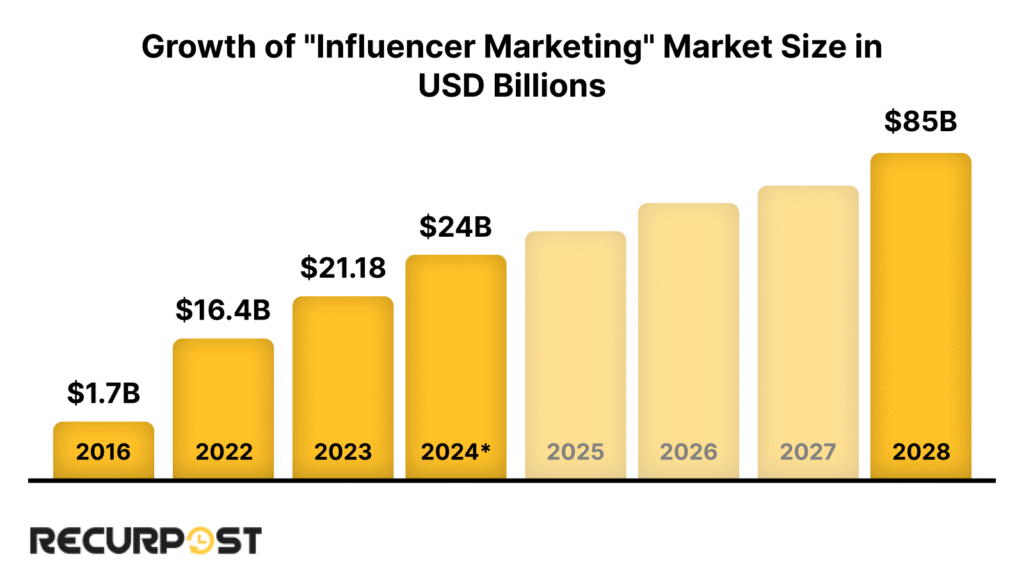
Influencer marketing growth surged from $1.7 billion in 2016 to $24 billion in 2024, with forecasts showing the global influencer marketing market size could reach $85 billion by 2028.
Brands now dedicate more budget to influencer marketing than traditional advertising. The reason is clear: influencer marketing statistics show ROI up to 6.5 times higher than conventional ads.
The creator economy now exceeds $100 billion, covering all types of influencers. From celebrity influencers with millions of followers to nano-influencers with smaller but deeply engaged communities, each plays a role.
This explosive influencer marketing industry growth proves the channel is no trend. It’s now a permanent, scalable way for brands to reach target audiences through market influencers across platforms.
Tip: If your marketing budget doesn’t include influencer campaigns yet, now is a good time to start testing. Small steps can lead to big results.
How Technology is Changing Influencer Marketing
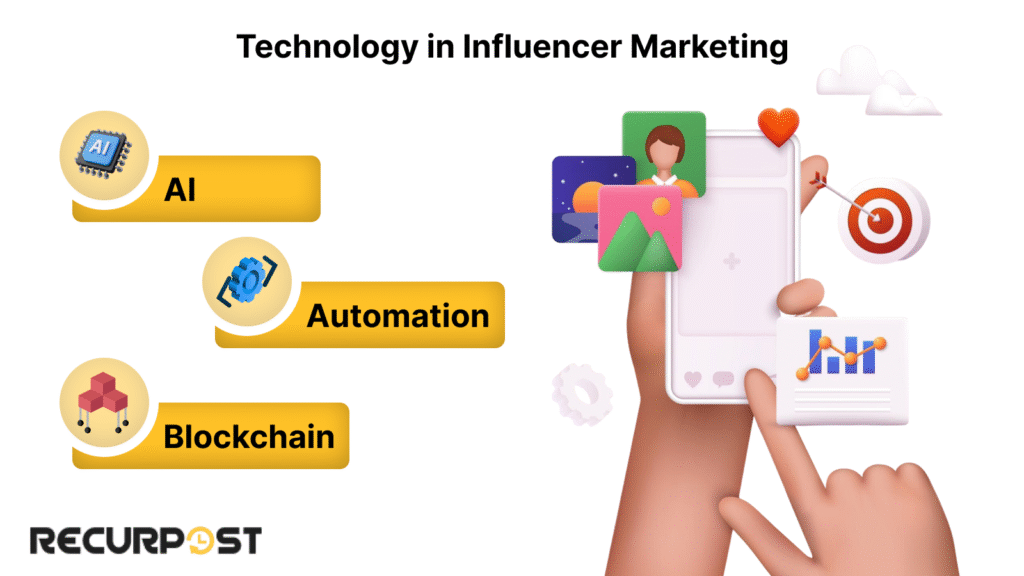
Technology is reshaping influencer marketing, and AI leads this shift. More than 75% of marketers now plan to use AI-driven tools for content creation and campaign optimization.
AI speeds up influencer discovery and streamlines content approval. Platforms are also building virtual influencers, digital avatars that stay active around the clock to engage audiences.
Automation makes performance tracking possible in real time. Brands can instantly see which influencer marketing campaigns work and which need adjustment.
Blockchain adds transparency to influencer marketing efforts, protecting authenticity and strengthening trust among brands, influencers, and their audiences.
Tip: Consider simple AI tools to save time and make your influencer marketing campaigns smarter. You don’t need fancy software to get started.
New Types of Influencers and Fresh Ways to Work Together
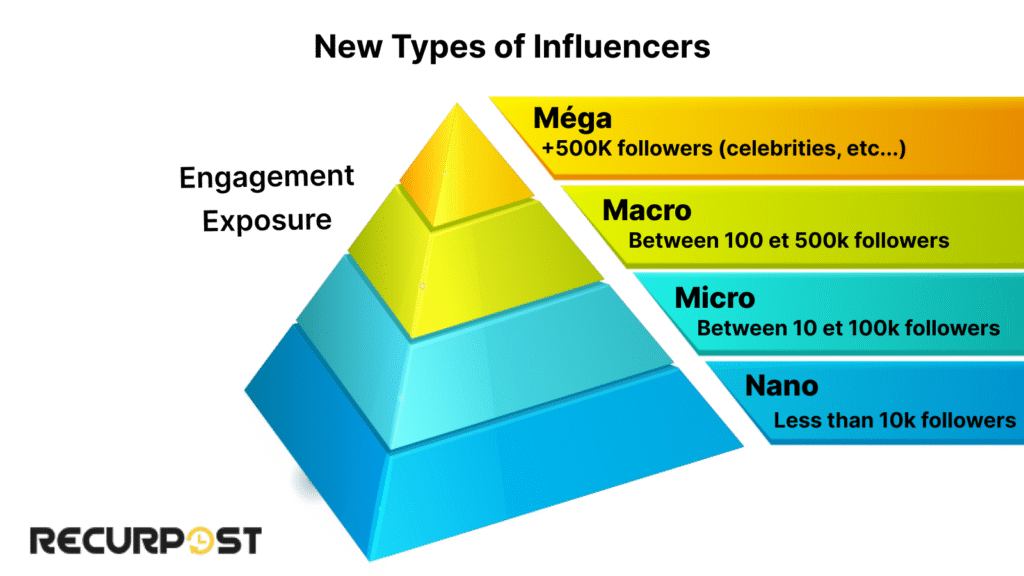
Micro-influencer marketing and nano-influencer marketing often outperform celebrity influencer campaigns. These smaller creators maintain higher engagement rates and serve niche-specific communities with loyalty.
Virtual influencers are gaining traction. These AI-driven characters promote products like real people and now appear in augmented reality social media influencer campaigns and virtual spaces.
B2B influencer marketing is expanding quickly. Industry experts and professionals now shape buying decisions, joining lifestyle and fashion influencers in driving impact.
More brands now prefer long-term influencer partnerships instead of one-off influencer campaigns, creating authentic, relationship-based collaborations that drive measurable ROI over time.
Tip: Work with influencers who fit your brand values and speak to your target audience. Sometimes, smaller influencers can bring bigger benefits.
Using Influencer Content Across Platforms and Social Commerce
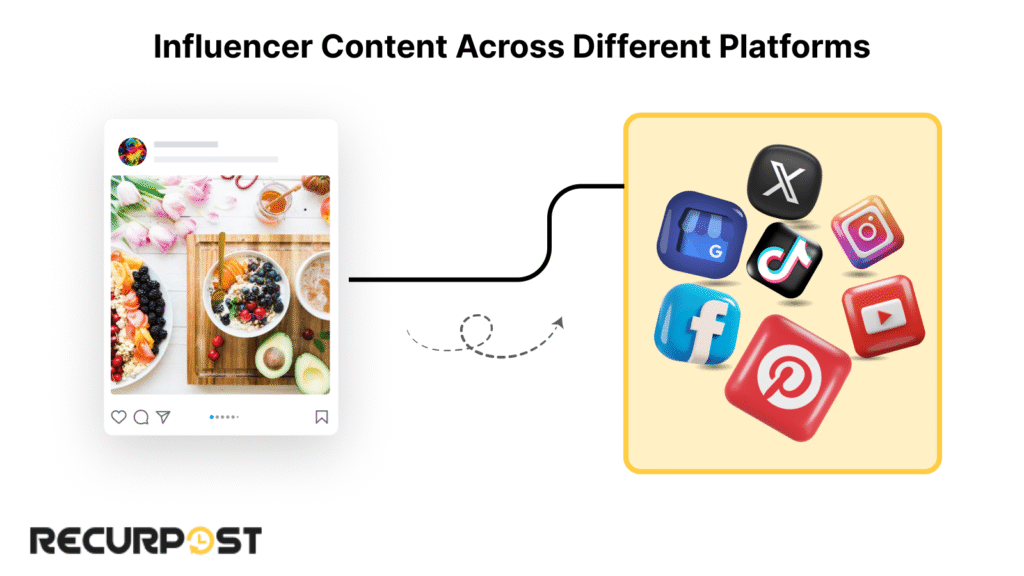
Social media influencer marketing now goes far beyond social channels. Brands repurpose influencer content across email, websites, and even television ads, extending campaign impact.
Social media trends for influencers now include social commerce. Shoppable posts let customers purchase instantly. Live stream partnerships give influencers a way to show products while viewers buy in real time.
Short-form, TikTok-style videos shape content everywhere. Gaming influencers repurpose content across YouTube, Twitch, Instagram, and TikTok, showing how cross-platform influencer marketing drives reach.
Tip: Expand influencer content beyond one place. Share it on different channels to reach more people and boost sales.
Measuring Success: From Likes to Real Results
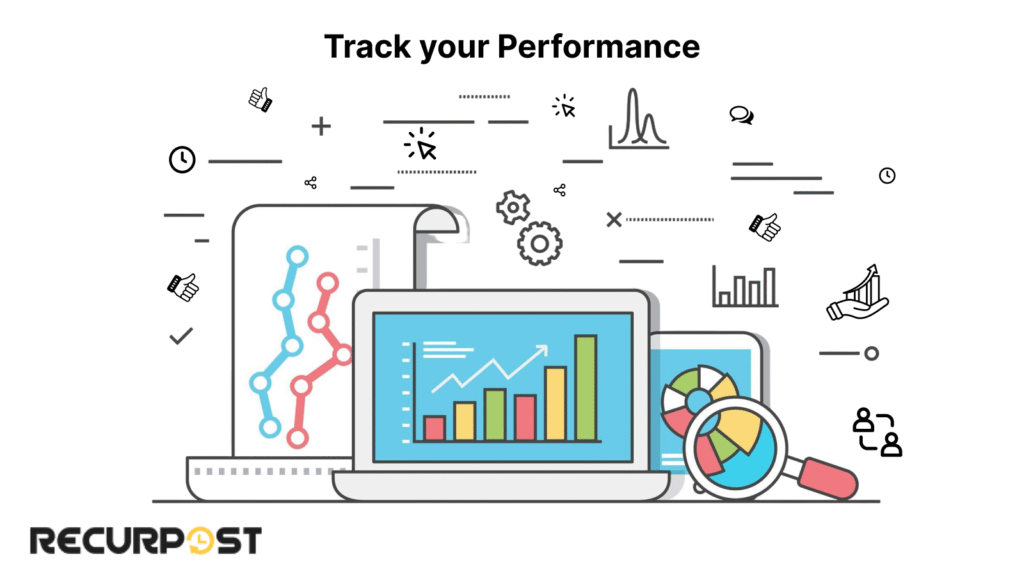
Influencer marketing performance metrics now go beyond likes or follower counts. Today, brands measure success through conversion rates, sales, and real customer engagement.
Social commerce makes results easier to see. When customers buy directly from influencer posts, brands can link sales to specific influencer marketing campaigns, improving ROI measurement compared to traditional ads.
Brands now dedicate nearly half of their budgets to influencer marketing. They expect measurable ROI, using advanced analytics and campaign reporting to track results and adjust quickly.
Long-term influencer partnerships are becoming standard. These relationship-based collaborations create lasting value, not just quick wins.
Tip: Apply data from your campaigns to find the right influencers and improve your influencer marketing strategy over time. Clear measurement helps show how influencer marketing works for your brand.
Why Authenticity and Relationships Matter More Than Ever
Social media influencers earn more trust than ads. Authentic content and storytelling create authentic connections between brands and audiences, driving engagement, loyalty, and measurable results.
Long-term influencer partnerships deliver stronger results than one-off influencer campaigns. Brands that align with trustworthy influencers who share their values see higher engagement rates and ROI.
Diversity drives impact. Today’s influencer collaborations must reflect diverse voices and communities. When influencers mirror their audience, brand messaging feels authentic and builds deeper connections.
Tip: Select influencers who align with your brand values and speak to your audience honestly. Building strong influencer partnerships pays off.
Challenges and Staying Compliant in Influencer Marketing
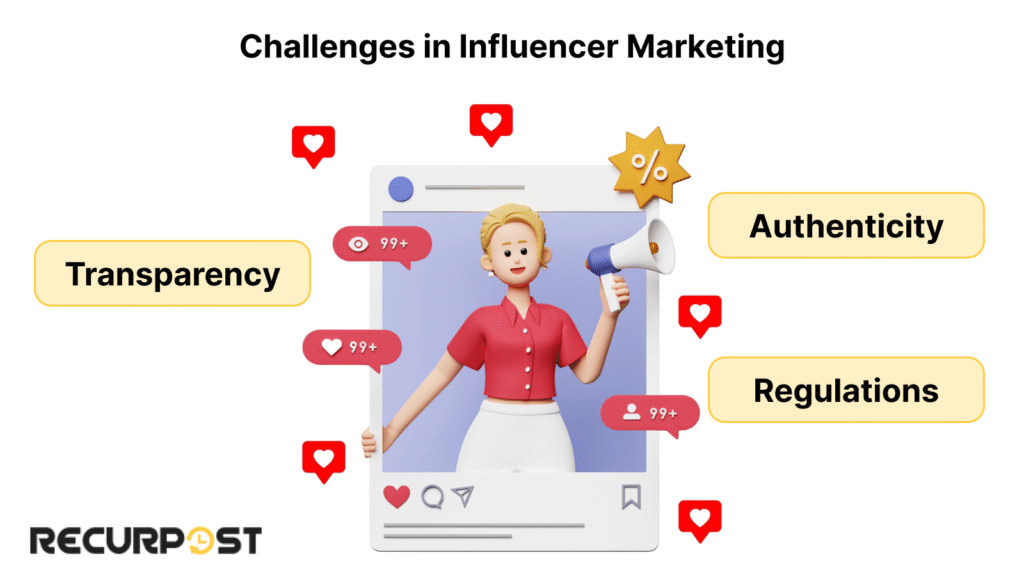
The rapid growth of influencer marketing creates new influencer marketing challenges 2025, especially around transparency. Audiences expect clear disclosure of sponsored content marketing, while regulations tighten worldwide.
Authenticity tools now verify whether influencer content is genuine. Clear contracts and agreements protect brands and creators, keeping influencer collaborations transparent and reliable.
Regulations differ by region, so brands and influencer marketing agencies must stay updated. This safeguards influencer marketing campaigns, ensuring compliance and protecting long-term brand credibility.
Tip: Be upfront about influencer marketing deals and follow local rules. Keeping everything clear helps build trust with consumers who trust influencers.
Getting Ready for the Future of Influencer Marketing
The future of influencer marketing blends technology, creativity, and authentic connections. Brands should adopt AI-driven tools for faster influencer discovery and smarter campaign management.
Success depends on mixing influencer types: nano-influencers, micro influencers, and virtual influencers. This diversity helps brands reach niche audiences and adapt to future of influencer marketing micro vs macro influencers 2025 debates.
Cross-platform influencer marketing is becoming essential. Repurposing influencer posts across social media, email, and websites expands reach and boosts ROI.
Ongoing influencer marketing predictions point to data-driven campaigns. Testing small pilots, tracking campaign performance, and refining strategies ensure success in influencer marketing trends 2025 and beyond.
Tip: Partner with influencers who fit your brand’s message and have followers that match your target audience. This makes influencer marketing campaigns more effective.
What is the Future of Influencers?
Influencer marketing has shifted from a passing fad into a cornerstone of digital advertising. The influencer marketing market size growth 2025 is set to hit $32.55 billion, proving explosive influencer marketing industry statistics 2025.
The Shift to Micro-Influencers
Mega influencers still matter, but brands now lean toward micro-influencers and nano influencers. They build trust and deliver higher engagement rates through authentic audience connections.
Data shows 43% of marketers increased collaborations with micro and nano influencers, while 25% shifted budgets from mega influencers to smaller, more targeted creators.
Why? Because engagement beats reach. Micro-influencer marketing delivers deeper audience connections and better ROI compared to influencers with millions of followers.
How Technology is Changing Influencer Marketing?
AI is reshaping influencer marketing technology, improving influencer discovery, performance metrics, and content creation. But authenticity remains key: audiences want genuine connections, not just promotion. Successful influencer marketing campaigns balance AI-driven analytics with human communication.
The Future of Social Media Influencers
Social platforms keep shifting, and so does social media influencer marketing. With TikTok under pressure, brands now spread strategies across Instagram, YouTube, and more. Another big shift: live stream partnerships. Over 52% of marketers prefer live content because it feels authentic and interactive.
The future of influencer marketing relies on adaptability. Influencer marketing growth continues, but success depends on authenticity, smart tech adoption, and cross-platform strategies that deliver measurable ROI.
Virtual influencers are on the rise. These computer-generated characters promote products like real creators and already appear in future influencer marketing campaigns across metaverse platforms.
Augmented reality social media influencers create interactive experiences through AR filters and effects. Beauty influencers enable virtual makeup try-ons, while home décor influencers visualize furniture in real spaces. AR bridges promotion and reality, making product recommendations engaging, immersive, and actionable.
How RecurPost Can Boost Your Influencer Marketing

RecurPost streamlines influencer marketing campaign management. It organises content, schedules influencer posts, and maintains consistent cross-platform influencer marketing across channels.
RecurPost’s advanced analytics and campaign reporting show exactly how campaigns perform. Clear insights prove the value of influencer partnerships, helping brands refine future influencer marketing strategies.
With its Social Inbox, all influencer communication stays in one place. This simplifies outreach, improves influencer collaborations, and strengthens ongoing relationships.
Automation tools let brands repurpose influencer content across social media platforms, email, and other channels, maximising ROI without extra effort.
Tip: RecurPost helps save time and keeps your influencer marketing organized and transparent. It helps you focus on building strong influencer partnerships.
Conclusion: Stay Ahead with Influencer Marketing
Influencer marketing is evolving fast through market expansion, influencer diversification, and new technologies, offering brands stronger ways to connect with target audiences.
Brands that focus on authentic influencer partnerships and share influencer content across multiple social media platforms stand out. Measuring campaign performance ensures marketing budgets deliver maximum ROI.
Start testing influencer marketing campaigns now. Tools like RecurPost simplify campaign management, streamline posting, and show clear results through analytics and ROI measurement.
Influencer marketing predictions suggest rapid change, but brands that adapt will uncover new opportunities and thrive in the future of influencer marketing.
FAQ: Future of Influencer Marketing
1. What is the difference between micro, nano, and macro influencers?
Micro influencers have 10,000 to 100,000 followers, nano influencers have fewer than 10,000, and macro influencers range from 100,000 to 1 million followers. Each type serves different audience sizes and engagement levels, making them valuable for different influencer marketing campaigns.
2. How do virtual influencers work?
Virtual influencers are computer-generated characters that behave like real people. Brands use them to create unique, always-on influencer content without the limits of human schedules. They’re becoming a growing part of influencer marketing trends.
3. What factors affect influencer fees?
Influencer fees depend on follower count, engagement rates, niche, content type, and campaign length. Brands also negotiate based on influencer reach, campaign performance goals, and expected ROI.
4. How can brands find the right influencers?
Brands rely on influencer marketing platforms and AI-driven discovery tools. These filter influencers by audience demographics, engagement rates, and brand relevance, making influencer selection more accurate.
5. Are influencer marketing campaigns only for B2C brands?
No. Influencer marketing campaigns are valuable for both B2C and B2B brands. In B2B influencer marketing, experts and thought leaders influence decision-makers through credibility and niche authority.
6. What role does video content play in influencer marketing?
Video content drives higher engagement and builds stronger connections. Platforms like YouTube, TikTok, and Instagram Reels are central to influencer marketing strategies because they showcase authentic storytelling and product demonstrations.
7. How does social media platform choice impact influencer marketing?
Each social media platform attracts different audiences. Instagram favors lifestyle and beauty influencers, while YouTube and Twitch work best for gaming and tech. Choosing the right platform ensures campaigns reach the correct target audience.
8. What are the common mistakes to avoid in influencer marketing?
Common mistakes include choosing influencers based only on follower count, ignoring engagement rates, unclear campaign goals, and not disclosing sponsored content properly.

Saurabh Chaturvedi is a content writer at RecurPost. Specializing in social media management and marketing, Saurabh is dedicated to crafting engaging and informative articles. His passion for clear, exciting content keeps readers eager for more.

